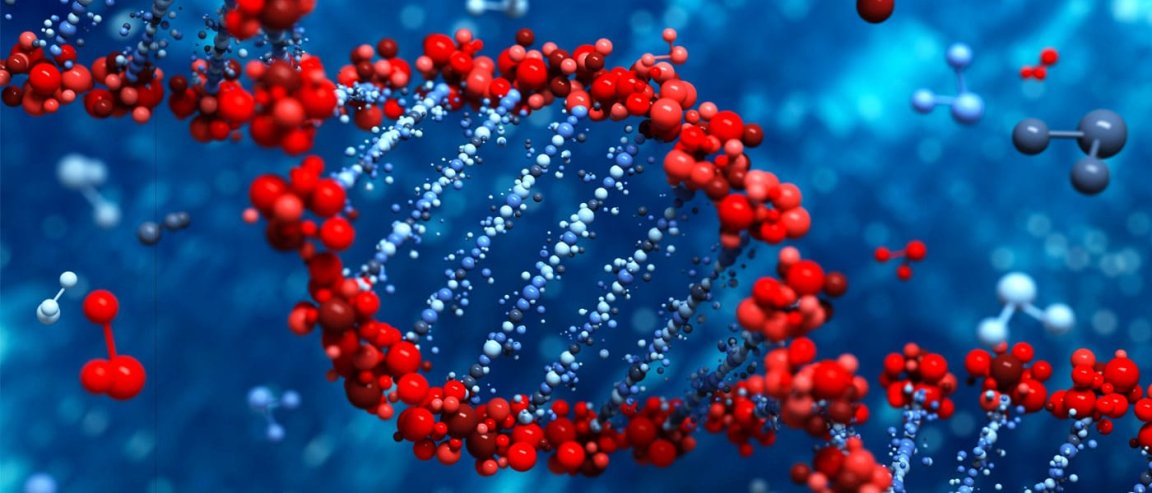
Gene Therapy
Gene editing remains a widely controversial topic due to the large potential for both benefit and “accidents.” Despite this, scientists are still hard at work developing gene edits that can solve a wide variety of diseases.
A new study may have found the key to solving a painful, and potentially fatal, genetic defect. Researchers from Stanford used the CRISPR-Cas9 gene editing technique to fix the gene defects that cause sickle cell disease.
Sickle cell disease is actually a group of related diseases that cause the formation of hemoglobin S, or sickle-shaped hemoglobin. That shape results in red blood cells becoming tangled in each other. Enough tangling, and blood vessels could be blocked, causing pain and even death.
To correct the issue, one has to repair the genes that code for abnormal hemoglobin. Using CRISPR, the researchers were able to do this. They took hematopoietic stem cells from patients that have the disease and edited them to repair their genome.
After, the repaired stem cells are concentrated and injected to healthy mice. Once there, the stem cells find their way into bone marrow and start producing more of their healthy variants. Sixteen weeks after injection, the researchers found healthy red blood cells thriving in the bone marrow.
One of Many
This is just one of the increasing number of diseases that have met their match thanks to CRISPR. The gene editing technique is composed of an enzyme that can splice DNA sequences and guide RNA that take them to the specific sequences that need splicing.

“There’s already a lot of active research going on using the CRISPR technology to fix diseases like Duchenne muscular dystrophy or cystic fibrosis or Huntington’s disease,” says Jennifer Doudna, a pioneer of the technology, to CNBC.
But even if ways to cure using CRISPR are abound, researchers are treading lightly on implementation, since editing genes is risky and can have disastrous consequences. Ultimately, we will need to have a serious debate on how to go about the changing the very blueprint of our bodies.